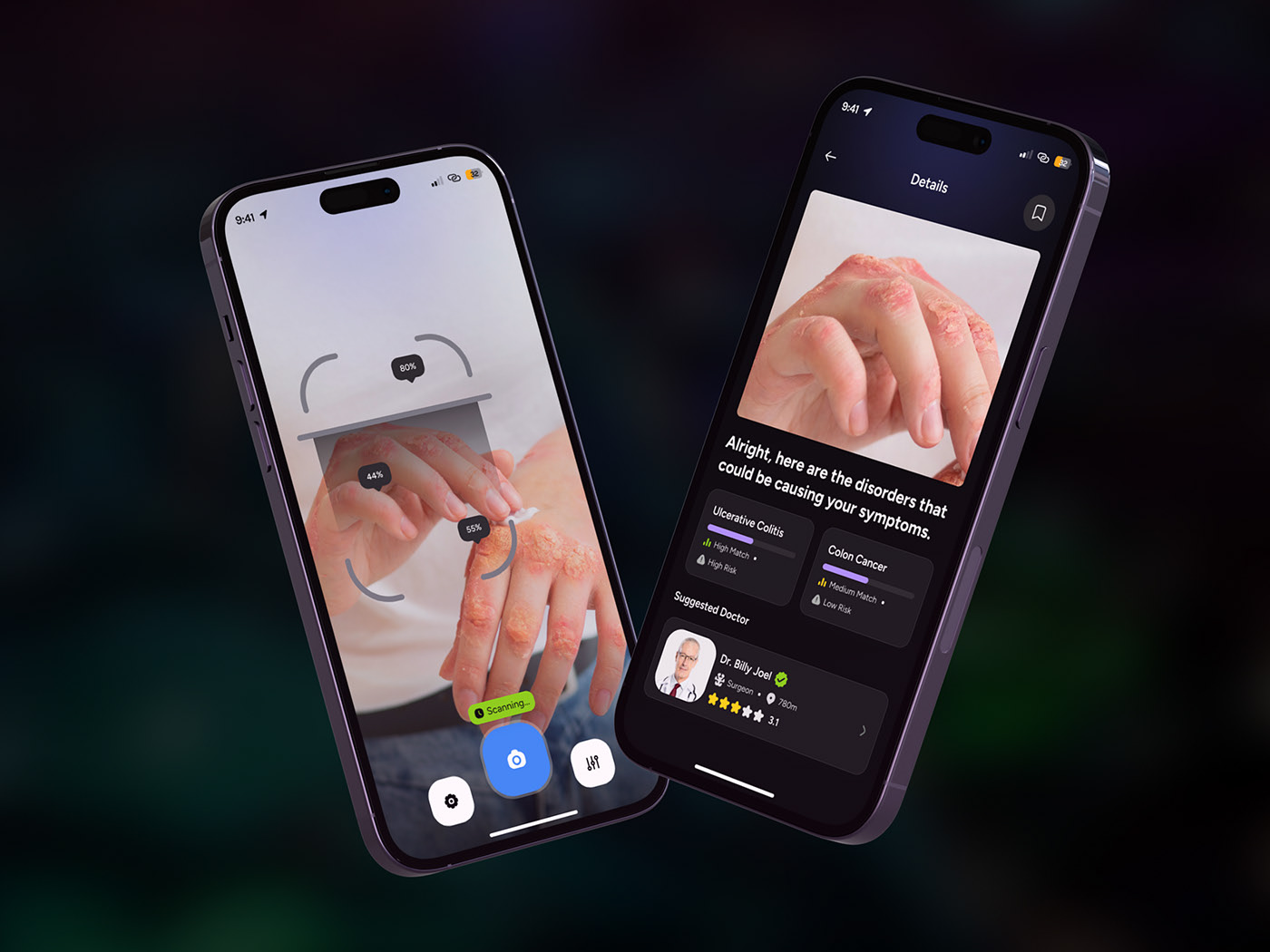AI Medical Assistant Mobile App Design
In the fast-evolving world of healthcare, AI medical assistant mobile apps are revolutionizing the way medical professionals and patients interact. These apps, powered by artificial intelligence, offer numerous benefits, from streamlining administrative tasks to providing personalized medical advice. Designing such an app requires a meticulous approach to ensure it meets the high standards of usability, security, and functionality required in the medical field. This article delves into the critical aspects of designing a top-tier AI medical assistant mobile app.
Understanding the Core Features
Personalized User Experience
The cornerstone of an effective AI medical assistant mobile app is its ability to provide a personalized user experience. This involves creating a user interface (UI) that is intuitive and tailored to individual user needs. Personalization can be achieved through machine learning algorithms that adapt to the user's behavior, preferences, and medical history. The UI should be clean, easy to navigate, and accessible to users of all ages and technical proficiencies.
Advanced Medical Insights and Recommendations
AI-powered apps should offer advanced medical insights and recommendations based on the user's health data. This includes symptom checkers, diagnosis suggestions, and personalized treatment plans. Integrating natural language processing (NLP) allows the app to understand and respond to user queries effectively, enhancing the overall user experience.
Secure Data Handling and Compliance
Given the sensitive nature of medical information, secure data handling is paramount. The app must comply with regulations such as HIPAA in the United States or GDPR in Europe. This involves implementing robust encryption methods, secure authentication processes, and regular security audits. Ensuring that user data is handled with the utmost confidentiality builds trust and reliability.
Designing an Intuitive User Interface
User-Centric Design Principles
A successful AI medical assistant app relies on user-centric design principles. This involves extensive user research to understand the target audience's needs and pain points. The design should focus on simplicity and clarity, avoiding cluttered screens and complex navigation paths. Usability testing with real users can provide valuable insights and help refine the design to meet user expectations.
Responsive and Accessible Design
The app should be responsive and accessible, ensuring a seamless experience across different devices and screen sizes. This includes optimizing the app for both iOS and Android platforms and adhering to accessibility standards to accommodate users with disabilities. Features such as voice commands, adjustable text sizes, and high-contrast modes can significantly enhance accessibility.
Visual Design and Branding
Aesthetics play a crucial role in user engagement. The app's visual design should align with the overall branding strategy, incorporating colors, fonts, and imagery that reflect the brand's identity. Consistency in visual elements across the app fosters familiarity and trust among users.
Integrating Advanced AI Capabilities
Machine Learning and Predictive Analytics
Machine learning and predictive analytics are at the heart of AI medical assistant apps. These technologies enable the app to learn from vast amounts of data and make accurate predictions. For instance, predictive analytics can forecast potential health issues based on the user's medical history and lifestyle, allowing for proactive healthcare management.
Natural Language Processing (NLP)
Natural Language Processing (NLP) is essential for enabling the app to understand and respond to user inputs conversationally. NLP algorithms can process and analyze unstructured text, allowing users to interact with the app using natural language. This makes the app more intuitive and user-friendly.
Integration with Wearable Devices
Integrating the app with wearable devices such as fitness trackers and smartwatches can provide real-time health monitoring. This integration allows the app to collect continuous health data, offering more accurate and personalized insights. Users can track their physical activity, sleep patterns, and vital signs, all of which contribute to a comprehensive health profile.
Ensuring Robust Security and Privacy
Data Encryption and Secure Authentication
To protect sensitive medical information, the app must implement data encryption both in transit and at rest. Secure authentication methods, such as biometric verification and multi-factor authentication, add an extra layer of security. Regular security updates and patches are necessary to protect against emerging threats.
Regulatory Compliance
Compliance with healthcare regulations is non-negotiable. The app must adhere to standards such as HIPAA (Health Insurance Portability and Accountability Act) in the U.S. and GDPR (General Data Protection Regulation) in the EU. This involves stringent data protection measures and transparent privacy policies to ensure user data is handled responsibly.
User Consent and Transparency
Gaining user consent for data collection and usage is crucial. The app should provide clear and concise information about what data is being collected, how it will be used, and who it will be shared with. Transparent privacy practices build user trust and comply with legal requirements.
Optimizing Performance and Reliability
Scalability and Performance Optimization
The app should be designed to handle high volumes of data and user interactions without compromising performance. This involves optimizing the app's backend infrastructure for scalability and conducting regular performance testing to identify and resolve bottlenecks.
Continuous Monitoring and Updates
Continuous monitoring of the app's performance and user feedback is essential for maintaining reliability. Regular updates and improvements based on user feedback and technological advancements ensure the app remains competitive and effective.
Bug Fixes and User Support
Providing timely bug fixes and user support enhances the user experience. A dedicated support team and an efficient issue-tracking system can address user concerns promptly, maintaining high levels of user satisfaction.












